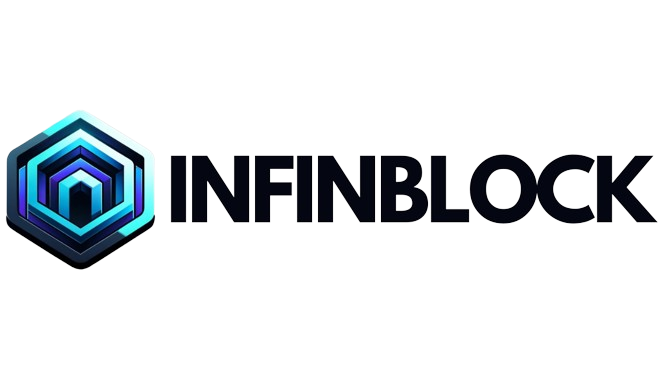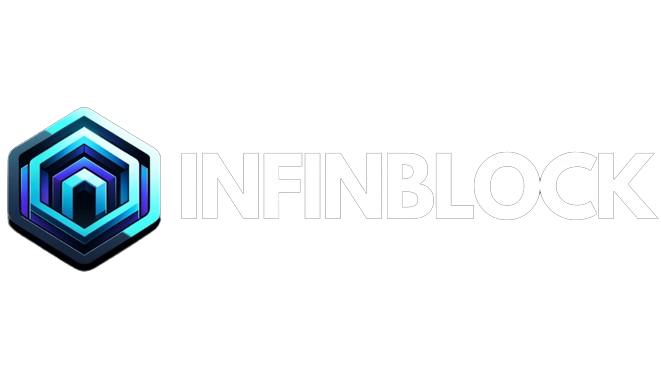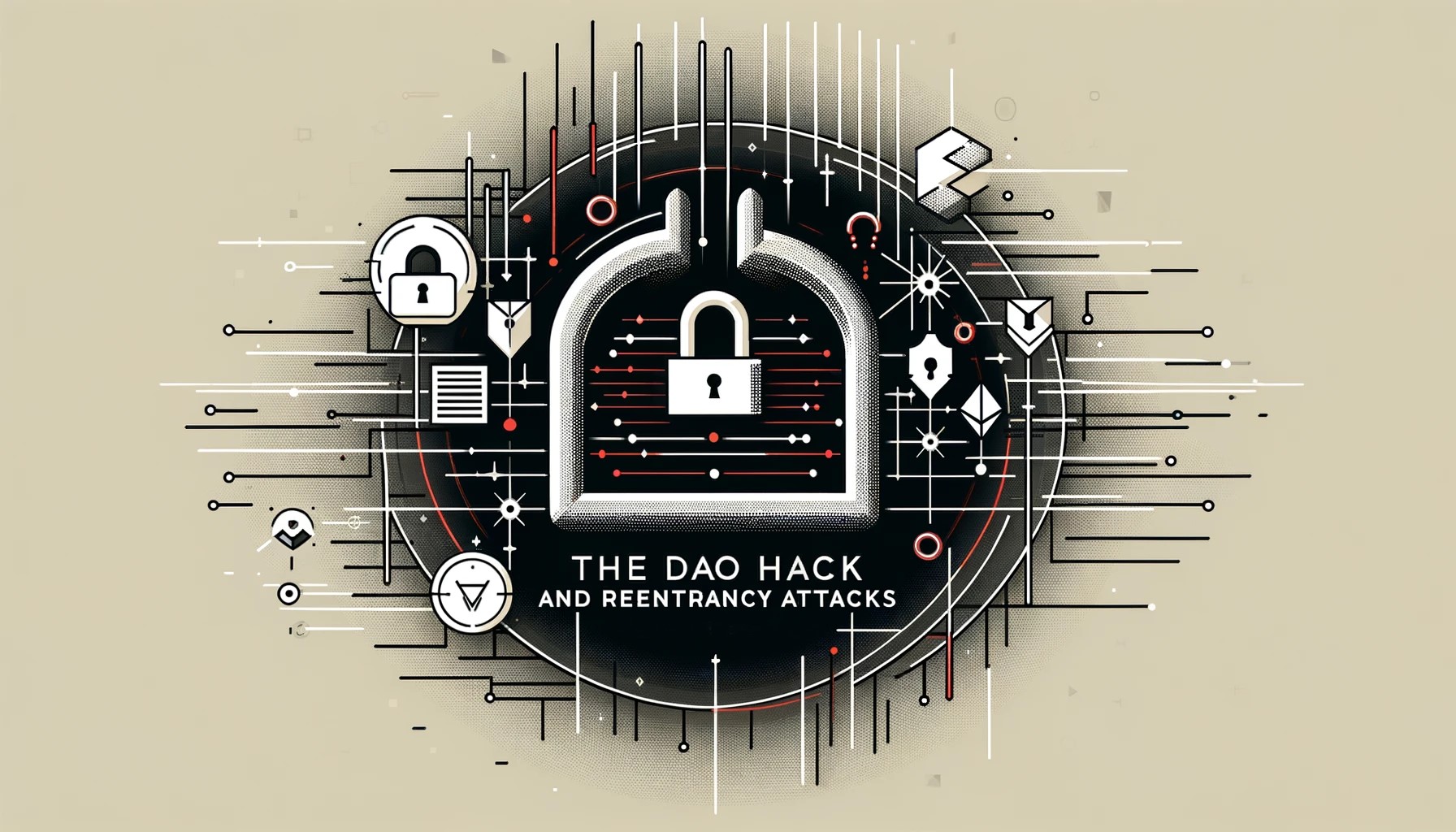The DAO hack remains one of the most pivotal events in the history of Ethereum and the broader cryptocurrency world. It not only tested the technological foundations of smart contracts but also challenged the philosophical underpinnings of blockchain technology. This report delves into the details of the DAO, the hack, its aftermath, and the lasting impact on the Ethereum community.
Introduction to The DAO
The DAO (Decentralized Autonomous Organization) was conceptualized as a revolutionary model for organizational governance. Launched on the Ethereum mainnet in 2016, it was designed to function as a decentralized investment fund, enabling token holders to vote on investment decisions. Funded through a token sale, The DAO raised approximately $150 million worth of Ether (about 3.54 million ETH), marking it as one of the most substantial crowdfunding campaigns at that time.
The excitement surrounding these new means of organizing and coordinating human activity was palpable. However, the innovative project was not without its vulnerabilities.
The Hack Unfolds
In June 2016, The DAO fell victim to a hacker who exploited a reentrancy vulnerability within its smart contract code. The attack resulted in the unauthorized withdrawal of roughly 3.6 million ETH, significantly damaging investor trust and Ethereum’s market value.
Reentrancy Attack Explained
The crux of the attack hinged on the misuse of The DAO’s “fallback” function within the Solidity programming language. A fallback function is triggered when Ether is sent to a contract without specifying a function to call or if the function doesn’t exist. The hacker crafted a malicious contract that, upon receiving Ether from The DAO, recursively called the withdrawal function before the transaction was registered as complete. This allowed the withdrawal process to be initiated multiple times, draining The DAO’s funds into a “child DAO” controlled by the attacker.
The Community’s Dilemma
The DAO hack ignited a fierce debate within the Ethereum community regarding the appropriate response. The core issue revolved around the principle of blockchain immutability versus the imperative to rectify a significant theft and its consequences.
Intervention vs. Immutability
On one side, proponents of immutability argued that the integrity of the blockchain should remain inviolate, even in the face of considerable loss. They contended that the sanctity of code-as-law and the trustless nature of blockchain technology must be preserved at all costs.
Conversely, others advocated for intervention to recover the stolen funds and restore investor confidence. This camp argued that the ethical obligation to prevent theft and the practical need to maintain Ethereum’s credibility justified a one-time intervention.
The Hard Fork Decision
Ultimately, the decision to implement a hard fork was made. This move effectively created an alternate version of the Ethereum blockchain where the transactions leading to the hack were invalidated, and the stolen funds were restored to The DAO’s investors. The fork resulted in the creation of two parallel Ethereum chains: Ethereum (ETH), which adopted the hard fork, and Ethereum Classic (ETC), which maintained the original blockchain’s integrity.
Lasting Impacts
Smart Contract Security
The DAO hack served as a stark lesson in smart contract security, underscoring the importance of rigorous code auditing and the adoption of security best practices. The incident spurred the development of new tools and methodologies for smart contract analysis and verification, significantly advancing the field.
Blockchain Governance and Ethics
The hack and the subsequent fork raised profound questions about governance, ethics, and the balance between decentralization and the need for corrective mechanisms in blockchain ecosystems. These discussions continue to influence the governance models of new blockchain projects.
Regulatory Attention
The DAO, its hack, and the hard fork attracted regulatory scrutiny, prompting discussions about the legal status of DAOs, tokens, and the applicability of securities laws to blockchain-based fundraising activities.
Conclusion
The DAO hack was a defining moment for Ethereum and the cryptocurrency community at large. It highlighted the vulnerabilities inherent in smart contract platforms and prompted a reevaluation of the principles of immutability and decentralization. The responses to the hack—both technological and philosophical—have significantly shaped the evolution of blockchain technology, contributing to its maturation and resilience. As the ecosystem continues to grow, the lessons learned from The DAO hack remain a crucial reference point for developers, investors, and regulators alike.



 Bitcoin
Bitcoin  Ethereum
Ethereum  Tether
Tether  XRP
XRP  Wrapped SOL
Wrapped SOL  USDC
USDC  TRON
TRON  Lido Staked Ether
Lido Staked Ether  Dogecoin
Dogecoin